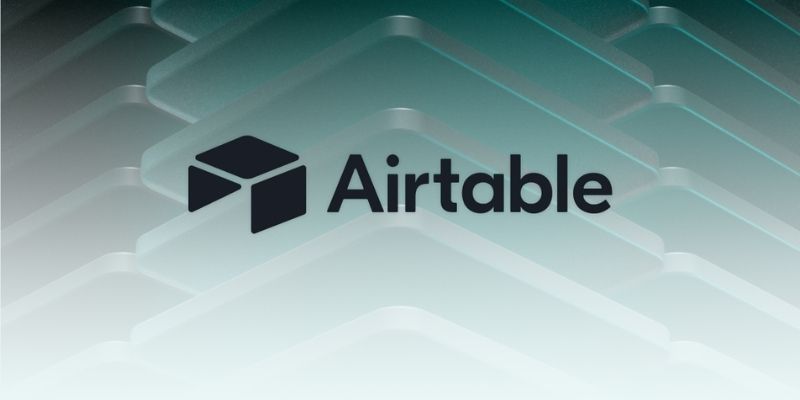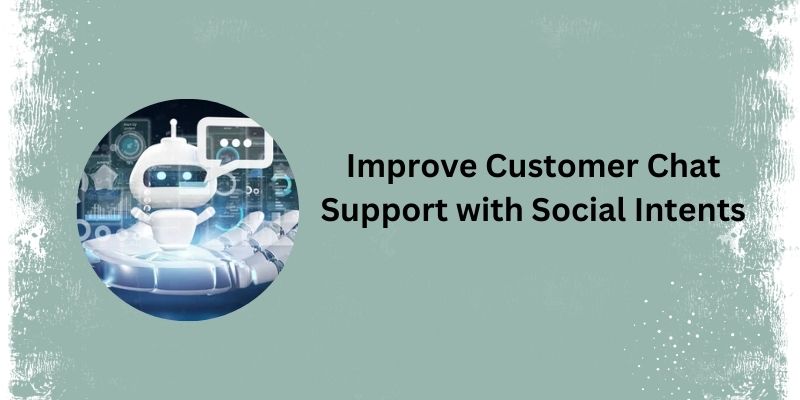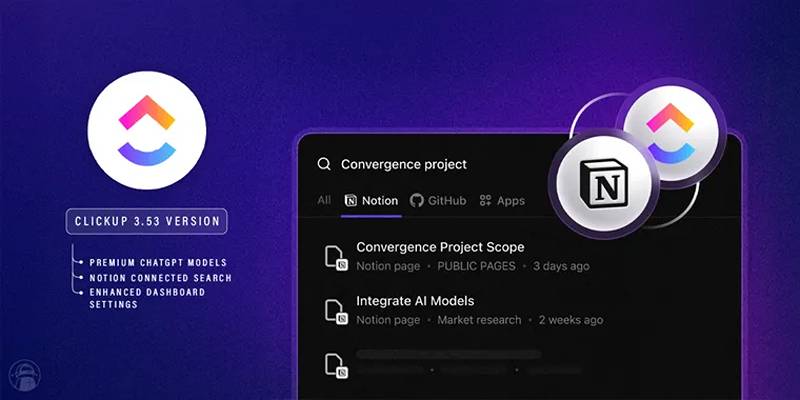JetBrains to Retire Aqua IDE Due to Low User Adoption and Feedback
Advertisement
JetBrains, a widely respected name in the software development community, has officially announced the discontinuation of its dedicated test automation tool, Aqua IDE. Once envisioned as a specialized integrated development environment tailored for quality assurance engineers, Aqua has not lived up to its market potential. With its formal development now concluded, JetBrains is sunsetting the standalone IDE and pivoting toward enhancing support for test automation through existing product lines and plugins.
The move marks a significant course correction in JetBrains' product strategy and highlights the ongoing challenges tech companies face when launching niche tools in a highly competitive and evolving market.
The Vision Behind Aqua IDE
Aqua IDE was introduced with a clear vision: to create a purpose-built platform exclusively for test automation engineers and QA professionals. Unlike general-purpose IDEs that serve broad programming needs, Aqua aimed to consolidate tools specific to the testing domain under one cohesive interface.
It supported multiple programming languages, including Java, Kotlin, Python, JavaScript, and TypeScript—commonly used in test scripts and automation frameworks. Aqua’s feature set also included built-in support for testing libraries such as Selenium, Playwright, Cypress, and JUnit. From test recording to execution and debugging, Aqua was designed to be a one-stop solution.
The IDE came pre-equipped with an HTTP client for API testing, a web inspector for identifying UI elements, database access tools, and deep integration with Git-based version control systems. By focusing narrowly on automation-related use cases, JetBrains hoped to provide an environment that could drastically improve productivity and accuracy for QA teams.
Why Aqua IDE Failed to Gain Traction?

Despite its promising start, Aqua IDE struggled to secure a foothold in the market. The user base never reached a critical mass, and the adoption numbers consistently lagged behind expectations. Several key factors contributed to the IDE’s underwhelming performance:
1. Saturated Market with Mature Competitors
The test automation space already had various powerful tools and extensions integrated into mainstream IDEs like IntelliJ IDEA, Visual Studio Code, and Eclipse. These platforms, backed by extensive communities and plugin ecosystems, left little room for a new, standalone IDE that required teams to transition away from their established workflows.
2. Niche Audience
JetBrains positioned Aqua specifically for QA engineers involved in test automation. However, many of these professionals already operated within environments shared with developers. This collaborative nature meant most teams preferred multipurpose IDEs that could support both development and testing needs in a single workspace, rather than relying on a specialized tool limited to QA functionality.
3. Overlap with JetBrains’ Existing Products
Another issue was the functional overlap between Aqua and JetBrains' flagship products. IntelliJ IDEA Ultimate and PyCharm already support many testing plugins and frameworks. With proper configuration, users could replicate Aqua’s experience using these existing IDEs. This redundancy made it difficult for Aqua to justify its existence as a standalone solution.
4. Limited Community and Ecosystem
One of the critical shortcomings for Aqua was the lack of a strong community and third-party ecosystem. While JetBrains tried to build interest through previews and early-access programs, it couldn’t generate the developer momentum that its other IDEs enjoyed. Aqua remained relatively obscure without community-driven extensions, usage tutorials, and adoption by influential practitioners.
5. Insufficient Differentiation and Innovation
Aqua IDE failed to offer truly distinctive or groundbreaking capabilities that set it apart from established tools. Its features, while useful, were primarily seen as incremental enhancements rather than innovative game-changers. This lack of strong differentiation made it challenging for users to switch from their existing, more versatile environments.
JetBrains' Strategic Response
After observing these trends and listening to feedback from both paying and non-commercial users, JetBrains decided to stop active development of Aqua IDE. However, instead of abandoning the test automation segment altogether, the company is shifting its focus to a more integrated approach.
Aqua’s key features—such as support for testing frameworks, the built-in HTTP client, web inspector, and database tooling—are being transferred to JetBrains' Test Automation plugin. This plugin is compatible with IntelliJ IDEA Ultimate, PyCharm, and WebStorm, allowing users to retain most of Aqua’s benefits within existing IDEs.
This strategic pivot suggests JetBrains is not giving up on test automation but recognizing that specialized features are more effective when embedded in platforms with broader reach and adoption.
What This Means for Current Users?

JetBrains has outlined a transition plan for existing Aqua users to ensure they are not unsupported. Users holding commercial licenses will be upgraded automatically to the All Products Pack, granting access to IntelliJ IDEA Ultimate and other JetBrains IDEs for the remainder of their subscription.
Non-commercial users are offered alternative options, including a WebStorm non-commercial license or a new All Products Pack subscription discount. While no new Aqua licenses will be sold or renewed, existing users can continue to use the final release—Aqua 2024.3—which will receive critical vulnerability patches but no new features.
This approach minimizes disruption and offers users a practical path forward without losing the testing capabilities they have relied on.
Industry Implications and Community Sentiment
The discontinuation of Aqua IDE has sparked a range of reactions from the software development and QA communities. Some professionals expressed disappointment, noting the potential of Aqua as a dedicated tool tailored to their daily workflows. They appreciated JetBrains's direction by recognizing QA as a distinct discipline that deserves purpose-built tooling.
However, others saw the decision as inevitable. For many teams, the convenience of maintaining a single, well-supported IDE outweighs the benefits of using a separate platform for test automation. Especially in organizations where developers and QA professionals collaborate closely, integrating testing tools into mainstream IDEs ensures consistency, easier onboarding, and smoother handoffs.
Conclusion
The discontinuation of Aqua IDE marks the end of a focused but short-lived chapter in JetBrains’ history. While the product didn’t achieve its intended market success, its legacy lives on through the Test Automation plugin and improved support across other JetBrains IDEs.
Rather than a failure, Aqua is a valuable experiment that revealed user preferences, informed future development, and underscored the importance of integration over isolation in modern software practices.
On this page
The Vision Behind Aqua IDE Why Aqua IDE Failed to Gain Traction? 1. Saturated Market with Mature Competitors 2. Niche Audience 3. Overlap with JetBrains’ Existing Products 4. Limited Community and Ecosystem 5. Insufficient Differentiation and Innovation JetBrains' Strategic Response What This Means for Current Users? Industry Implications and Community Sentiment ConclusionAdvertisement
Related Articles

Airtable 101: What It Is and Why It’s Popular

Step-by-Step Tutorial for Live Blogging in WordPress

Which Project Management Tool Is Right for You in 2025: ClickUp or Asana?

Best Online Tools to Record Webcam Videos Easily

Record Your Screen in Stunning Quality: Top Software Picks for Windows Users

8 Best MOV Recording Software for Windows Users

Understanding GPT: Everything You Need to Know

Best 360 Video Player - Play 360-Degree Videos with Ease

Zoho Uncovered: Why It Offers So Many Apps

Top 5 Benefits of Using Social Intents for Support

ClickUp 3.53 Integrates Premium ChatGPT and Upgrades Notion Support

 novityinfo
novityinfo